2017
Narayan Khandekar
The astute scientist in the field of conservation and colour, Dr. Narayan Khandekar, will hold the Mondrian Lecture during the ceremony of the awarding of the Sikkens Prize to Hella Jongerius on Sunday March 26 in De Doelen in Rotterdam.
Collecting Colour
Collecting Colour will cover the reasons why Edward Waldo Forbes started collecting pigments, how the collection grew, new additions to the collection and how it is used now including projects relating to artists as Jackson Pollock, Mark Rothko, Eugène Delacroix and Australian Aboriginal artists. Although there is an historical aspect to the Forbes Pigment Collection, it is active and growing – the Harvard Art Museums have over 2500 individual samples. It is used to provide standards for pigments identification, but has proven to be a wonderful way to engage the public and help them understand the wide and varied sources of colour.
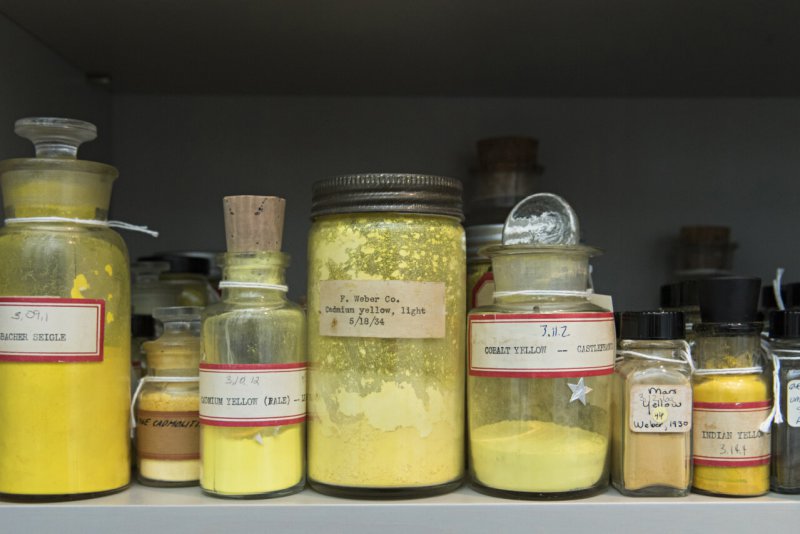 Forbes Pigment Collection. Images: Peter Vanderwarker, © President and Fellows of Harvard College
Forbes Pigment Collection. Images: Peter Vanderwarker, © President and Fellows of Harvard College
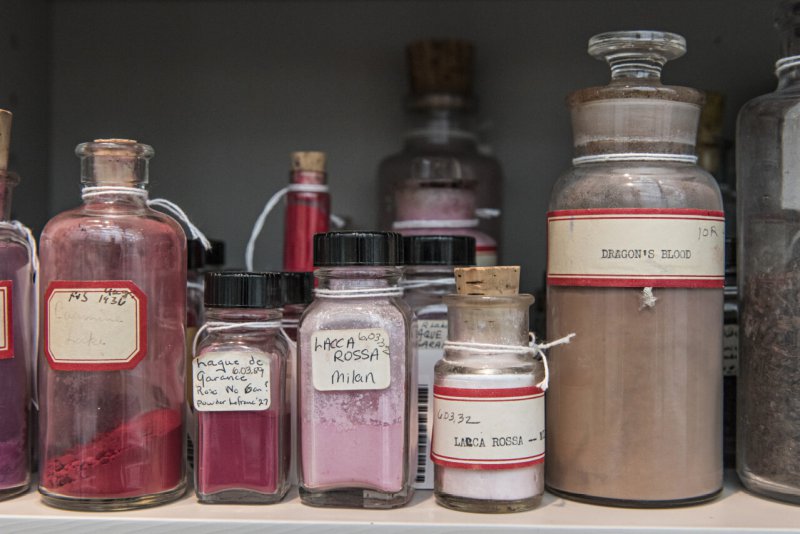
Forbes Pigment Collection
In his Mondrian Lecture Khandekar tells us about the Forbes Pigment Collection: “We are fortunate to have, not only the pigments in the collection but also the source material from which they were derived. Chunks of natural ochre and umber display the differentiations in colour based on location. There are kermes lice, the insects that grow on oak trees that provide the red dye that is mordanted onto a transparent substrate to become the pigment (Kermes is the etymological source of the word crimson). We have cochineal beetles from Oaxaca used by traditional Zapotec dyers; Weld, the fugitive yellow dye used in many Dutch paintings as a glaze of blue painted foliage; malachite and azurite stones, lapis lazuli from Afghanistan; the arsenic containing orpiment and realgar ores; madder roots that Forbes grew in his own garden; chips of Brazil wood; Dragon’s blood, which is reported to be the result of a fight between an elephant and a dragon, but which really comes from the sap of the rattan palm; a Murex shell from Sidon in Phoenicia and the source of Tyrian purple (a pigment I have only detected once in 25 years on a Virgin and Child by the Master of St Cecilia now at the J. Paul Getty Museum); a sample of lead-tin yellow soon after its rediscovery in 1941 it had been forgotten since the mid 18th century when it was replaced by Naples yellow, and rediscovered by researchers at the Doerner Institute; a large buckle of Dutch process lead white. Many of these examples are used for classes we teach about the materials and techniques of artists.”
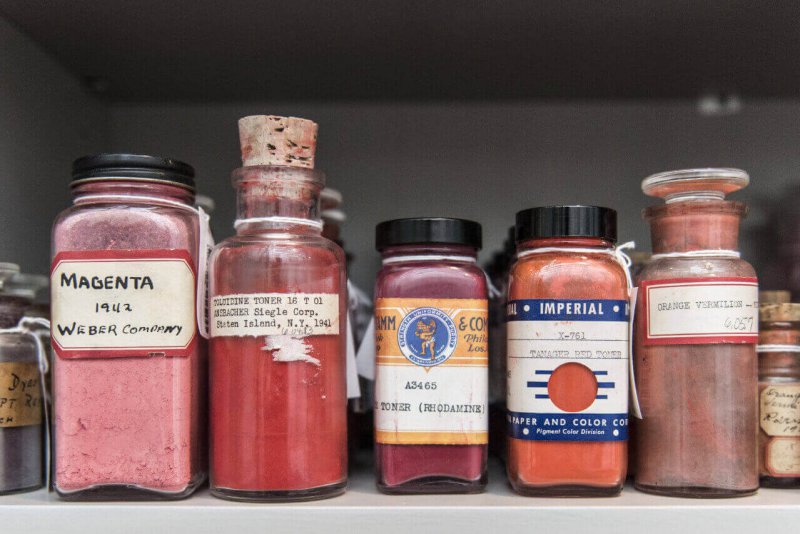
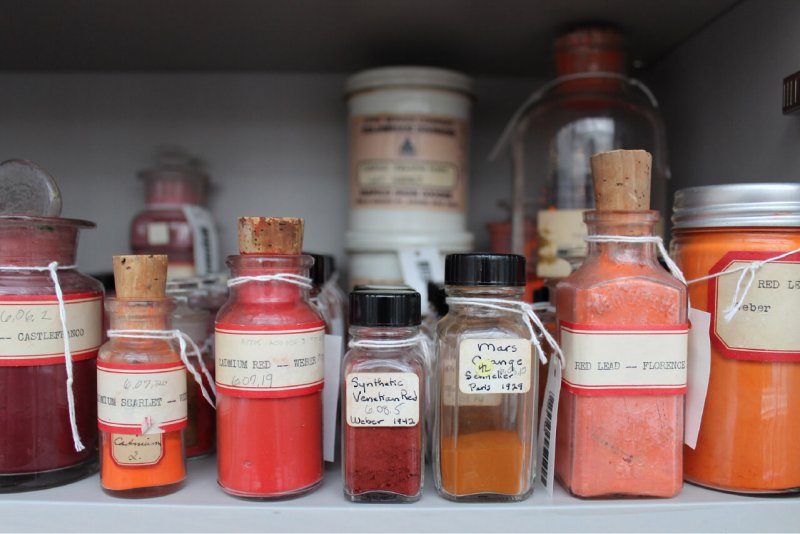
About Narayan Khandekar
Narayan Khandekar is Director of the Straus Center for Conservation and Technical Studies, Director of the Center for the Technical Study of Modern Art, and Head of the Analytical Laboratory, Harvard Art Museums. His principal interests are the technical examination of paintings and painting materials. He is the author on over sixty publications.
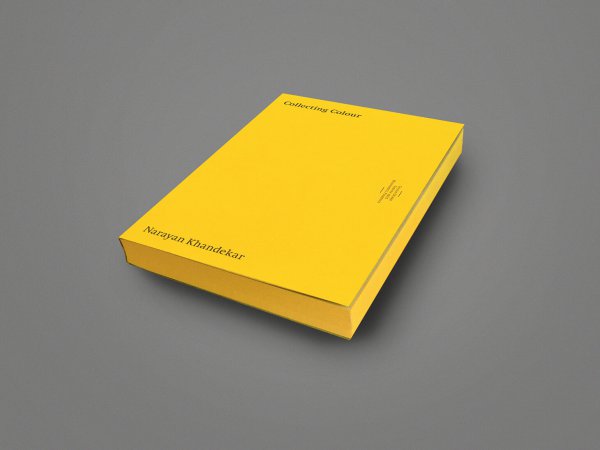
Publication
The Mondrian Lecture by Narayan Khandekar, Collecting Colour will be published by Sikkens Foundation en ArtEZ Press in a handy publication of 152 pages, 109 colour images, 4 images in black/white. Design by Thijs Verbeek. Collecting Colour is available from March 26 onwards. Prize: € 17,90.
ISBN 978-94-91444-48-7. This publication can be ordered online through the webshop of ArtEZ Press.